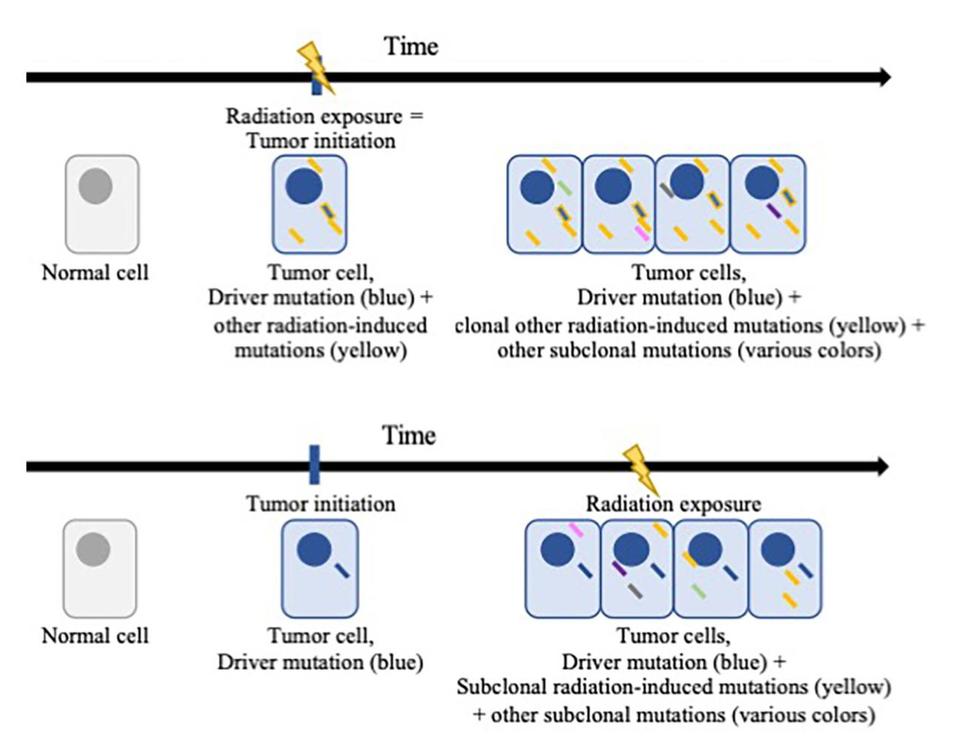Genomic Analysis Distinguishes Thyroid Cancers Caused by Radiation
, by Jennifer K. Loukissas, M.P.P.
A multidisciplinary team of experts has identified certain types of genomic changes in papillary thyroid carcinoma (PTC) that indicate those tumors were likely caused by exposure to ionizing radiation from the 1986 accident at the Chornobyl nuclear power plant. In contrast, PTCs without those genomic features were inconsistent with radiation exposure. They achieved these results by interrogating biological specimens and epidemiological data from three collections of thyroid tumors. The findings were published August 22, 2025, in Science Advances.
Investigators in the Radiation Epidemiology Branch, the Laboratory of Genetic Susceptibility, and the Laboratory of Translational Genomics, together with partners in Ukraine and other scientists, interrogated biological samples from individuals with thyroid cancer who resided in the region surrounding the Chornobyl power plant in Ukraine, comparing tumors from those with known exposure to radiation to individuals born more than nine months after the accident and considered unexposed. A third collection of cases came from The Cancer Genome Atlas (TCGA).
PTC is the most common malignancy following exposure to radioactive fallout. Prior to this study it was not possible to distinguish between tumors that we likely caused by ionizing radiation versus other potential causes. The PTCs consistent with having been caused by radiation were much more likely to have fusion drivers with specific characteristics. In contrast, the tumors with BRAF or RAS mutations – two of the most common mutations in PTC – or other fusion drivers were not consistent with having been caused by radiation. The researchers were able to deduce this based the types of mutations in those genes, leveraging their earlier discovery from the same data set that established double-strand DNA breaks as a hallmark of ionizing radiation damage.
This remarkable advance was possible thanks to innovative tools for genomic analysis and large-scale whole genome sequencing of tumors, as well as sophisticated methods to parse massive amounts of data.
The authors note the importance of their discovery to “improve understanding of the true burden of cancer following ionizing radiation from occupational, medical, and environmental exposures.”
Reference
Karyadi DM, et al. Distinctive molecular features of radiation-induced thyroid cancers. Sci. Adv. 2025. DOI:10.1126/sciadv.adw7680
